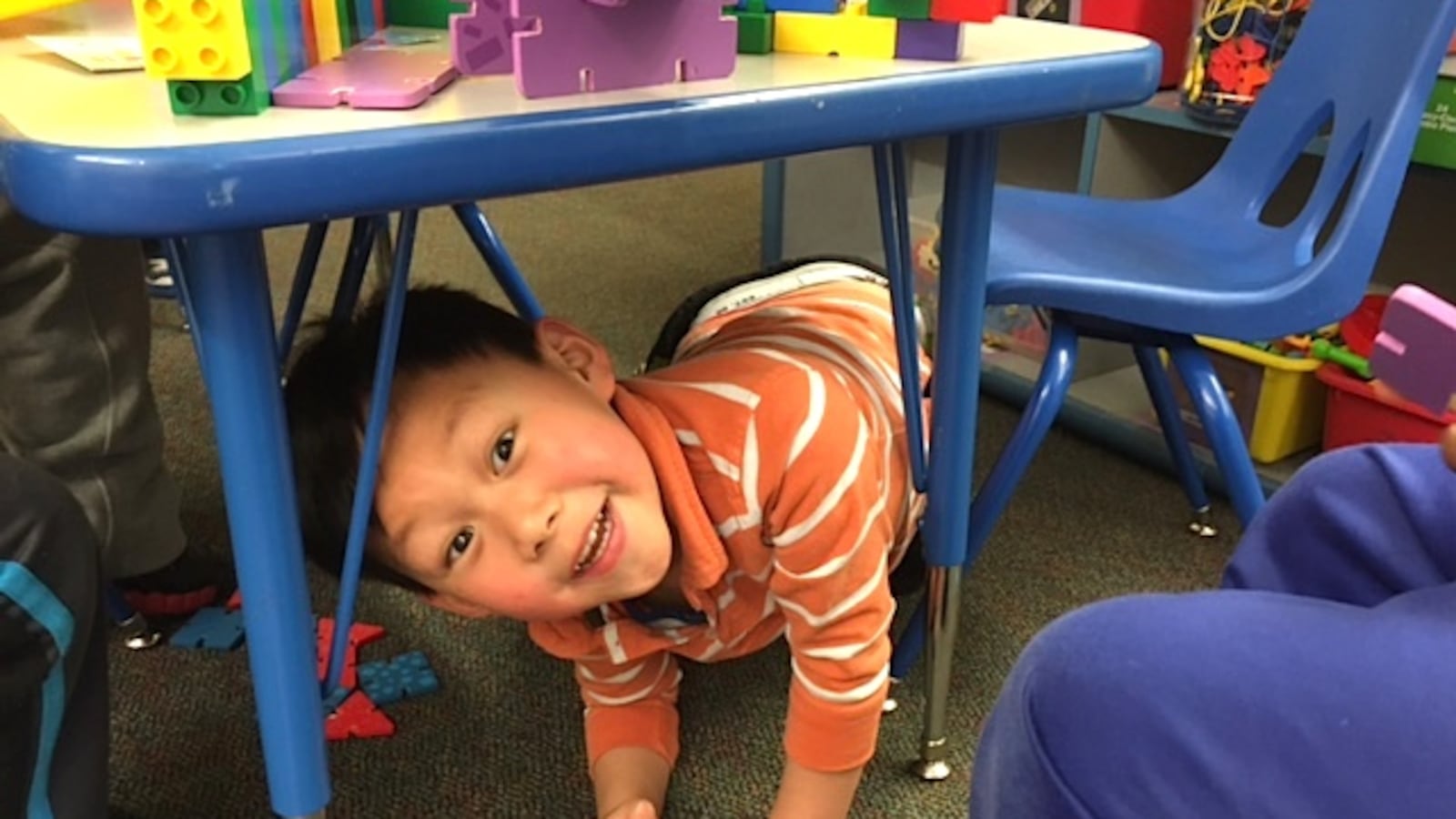Visit a new interactive website launched by Aurora Public Schools, and with a few clicks you can learn how the district spends its money. There’s $8.7 million for utilities, $2.4 million spent on curriculum and $1.1 million for the communications department, to name a few examples.
Think you can do a better job on the budget? Suggest a reduction in funding for special education programs, and pops-up will explain the work of the department, and that reducing those budgets would require waivers from federal laws.
The new budget tool is meant to improve discussions with community members and district staff about the district’s priorities in budgeting. Although the district was able to avoid some of the budget cuts it initially anticipated for the 2017-18 school year, officials are still looking at long-term budget changes as enrollment continues to decrease.
“I don’t mean for this to be a ‘feel my pain’ conversation,” said Rico Munn, superintendent of Aurora Public Schools. It can be, he said, a conversation about “what are the decisions we have made and what are the decisions we still have to make?”
The interactive page breaks down the district’s budget by noting how much comes in and from where and also breaks down how much goes to each district department or account.
District officials said the pop-up information was important for them to include so the tool could be educational.
The tool, called Balancing Act, was created by Engaged Public, a public policy consulting firm based in Denver. It’s been used by other government agencies in Colorado and across the country, but the Aurora district is the first school district in the country to use it for the public, said Chris Adams, president of Engaged Public.
Adams said that as expectations for transparency rise, more school districts and government agencies will look at such approaches to interact with the public.
Munn said the company approached the district two years ago, but at the time the tool couldn’t handle the complexities of a school budget. The group made some changes and came back to the district this year.
Aurora schools paid $2,500 for the tool, including for a Spanish version that has not yet launched. District officials said the district received a discount for being one of the first districts in the country to use it.

